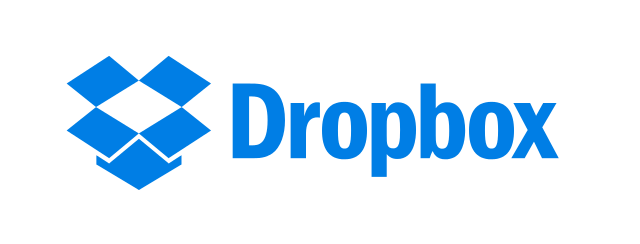Last year, Dropbox’s placement on the stock market was completed. The start-up that was founded in 2007 by Drew Houston, one of the first companies to offer cloud services for saving and sharing files. There was much expectation because it was the first technological Initial Public Offering (IPO) on Wall Street in 2018. The price of the Dropbox shares was priced above their expected value at $21. The company collected more than $750 million, with a market value of around $8.24 billion.
Dropbox, in the beginning, risked failing. It was rescued by Growth Hacking. Dropbox is now an established reality in the international digital landscape. It is a very successful tool, used practically by everyone and is part of our daily life. To put it simply, when we are using Dropbox, we do not even notice it anymore. It is there, in the background, that does its job and simplifies life daily. But it has not always been this way.

Created in 2007, Dropbox was neither the first cloud storage platform nor the best in circulation. There were much larger and more established companies, which had been offering similar solutions for some time. In fact, just a few years before Dropbox was created, there were enterprise solutions for file sharing, offered by large companies. In the same way, some start-ups had already started to offer similar services to consumers for a few years at very competitive prices. One of the main players on the market was, without a doubt, Box. Dropbox is listed on the New York Stock Exchange, it is certainly one of the main competitors of Dropbox.
Dropbox: The Idea of Two Students

Dropbox, at the time, was simply a start-up founded by two young Massachusetts Institute of Technology (MIT) students (Drew Houston and Arash Ferdowsi) tired of exchanging files using USB sticks. The idea of these two students was liked by Y Combinator (the most important start-up accelerator in the world) that had given them a chance with a small investment of $15,000 to develop and test their idea.
Like all start-ups, even Dropbox in its first years of life suffered a widespread problem: acquiring new users and to do it at the lowest possible cost. For a couple of years, the Dropbox team tried all kinds of solutions, and among the many sources of acquisition used, the most frequent was advertising on Google AdWords. The biggest obstacle was the cost of acquisition, as Dropbox was spending $300 for each registered user. You do not have to be a financial genius to understand that for $99 per year service, acquiring users 3 times that figure meant only one thing: the business was not sustainable, they had to shut down the company.
The Dropbox Turn Around: A Referral Program
Then one day Sean Ellis arrives. Sean Ellis decided to test a system on Dropbox that we know very well today. It called a referral program. That is, every user already subscribed to the platform should have the opportunity to invite other users to join the service. In the case of completed registrations, both users were given 500MB of free space on their Dropbox accounts. If you use Dropbox, you will know this functionality very well and, most likely, have used it to increase the space available on your account.
This strategy worked, and in 15 months, Dropbox successfully went from 100,000 users to as many as 4 million users. Thus, kicking off the incredible growth that led it to become the $10 billion hi-tech giant that we all know today.
A referral program is a process to stimulate word of mouth based on a very simple concept. Which is, to give incentives to users whenever they invite their friends to use the product. This is a very common practice across industries from PayPal and Amazon to the betting and casino world. A complete review of bet365 shows that one of the most popular sportsbooks is using referrals as part of their marketing model. Program referrals are now considered a best practice in some sectors and the type of incentives varies from case to case. There are some premium product features (Dropbox and Evernote) and others who offer a discount coupon (Uber and JustEat).
The Dropbox Lesson
When one reads this story, the focus is usually placed on the technical solution used to solve the problem. In my opinion, however, there is a much more important takeaway in this story. The process that allowed Dropbox to move from a scenario close to failure to be a successful company.
This example introduces us, in fact, to two important elements related to the mindset of growth hacking:
- Leverage what you already have – In the case of Dropbox, it was a community (small, but existing) of satisfied users who used the service constantly. A community that once activated had been fundamental for the exponential growth of the business.
- Give your users something of value – In the case of Dropbox, it was without a doubt, the space! Offering 500MB to a user, cost almost nothing for the company, but it was an incredible incentive for both parties involved.




